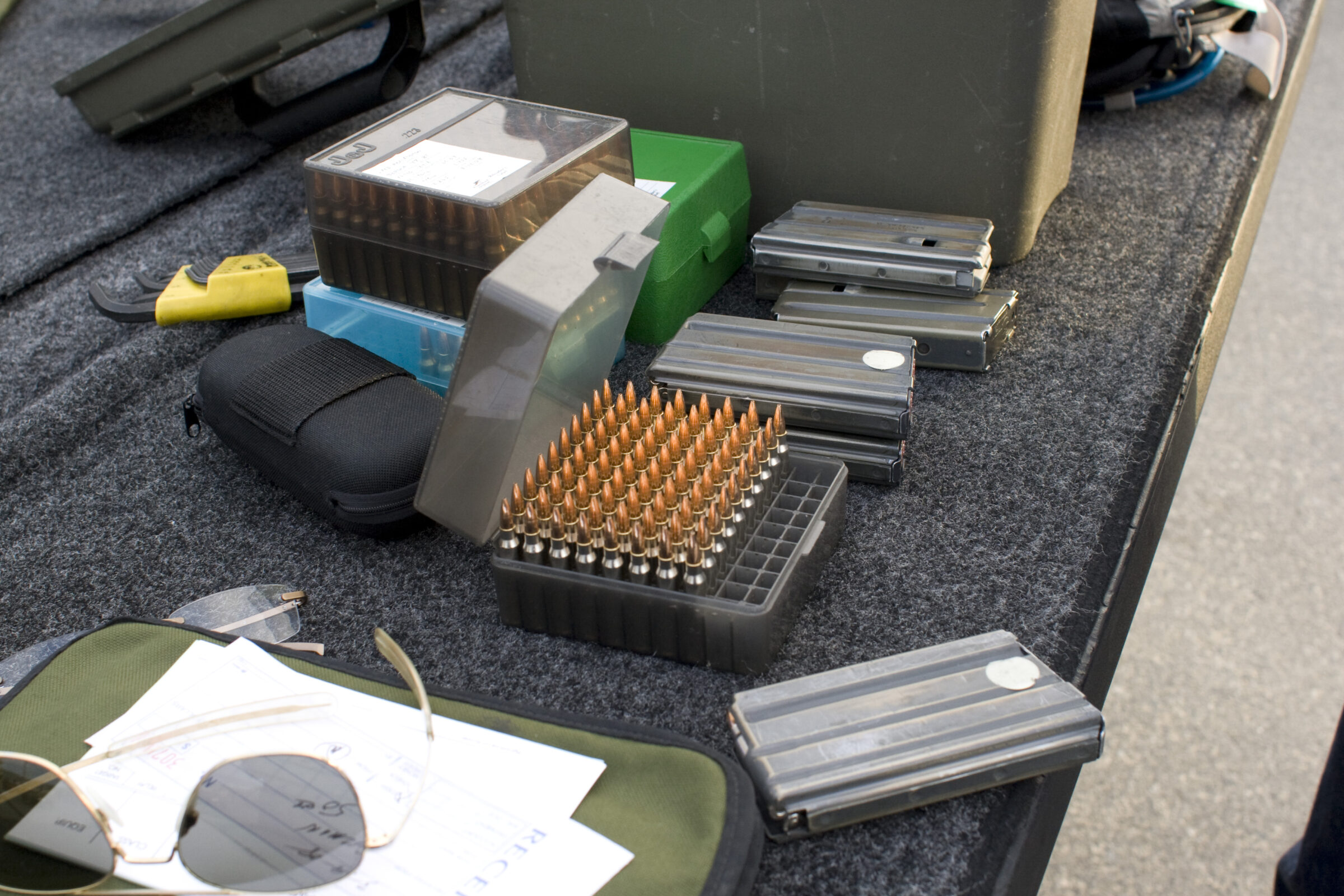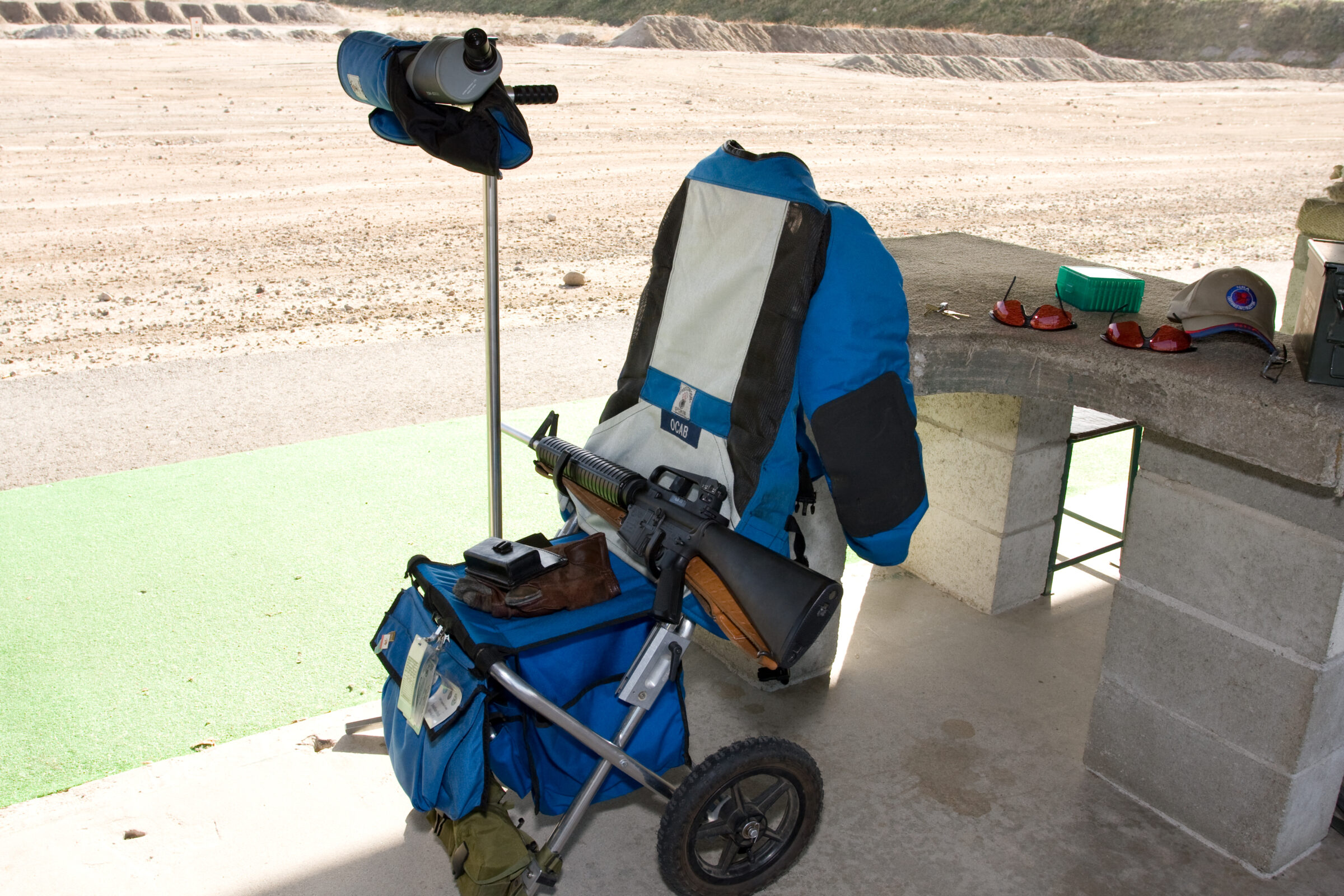In the few years I’ve been shooting competitive High Power Rifle, I have become aware of many subtleties of the sport. But at every match I go to, I’m always aware of other competitors’ match readiness. I’m not specifically looking at how ready people are when they’re on the line, but a competitor’s state of readiness does stand out to me.
When I speak of match readiness, I’m referring to how a competitor manages his/her time while on the firing line. Does the shooter have his/her magazines loaded before the rapid stage of fire begins? Did the shooter put on his/her shooting coat and tighten all the straps up only to forget something and have to loosen the coat up to get into his/her range cart? Is the shooter slung up for slow fire prone only to realize the spotting scope is not positioned properly and have to come off the gun and tweak the scope head?
Subtle? Yes. But these can affect a shooter during the course of a match. Great shooters can deal with various problems and disruptions during a match and still persevere to post a solid score and even win.
But great shooters also develop a solid routine or cadence which helps them to manage their time effectively at a match in order to limit the impact of unexpected issues (i.e. variable winds during slow fire prone).
I have several tips that can help new/novice High Power Rifle competitors minimize problems during a match.
Get your gear ready the night before a match. There’s nothing worse than forgetting something (i.e. ammo or spotting scope) and only realizing it when you arrive at the match location. If possible, get all your gear loaded in your vehicle the night before. That way, you can simply wake up, do your morning routine, and hop into the car and head out. I personally get all my gear in the truck the night before, sans rifle(s). When I leave the house to head to the match, I know all I need to do is grab the rifle when I go out the door.
Leave for the match with time to spare. This applies especially if you’ve never been to the location where the match is held on a prior occasion. Give yourself some extra time in case there’s traffic or a detour. Granted, most High Power shooters never see traffic on the way to a match considering we tend to be out on the road before the crack of dawn. But early morning construction on a freeway isn’t uncommon.
Load your rapid fire magazines before the match starts. The best time to load your magazines for the rapid fire stages is before the match starts. And when I say the start of a match, I’m saying even before the match briefing. High Power Rifle competitors either shoot 2 + 8 or 5 + 5 in their two magazines for each string of rapid fire. There have been occasions where a shooter will load 2 rounds in the first magazine and then load 10 rounds in the second. Then when they shoot a string of rapid fire, end up firing 12 rounds instead of 10 because of this mistake. This is simple lack of concentration/readiness. That’s why a competitor should take the time before the match to deliberately count and load rounds in the magazines so there’s no rush at any other time to get the magazines ready for the match.

Mark your rapid fire magazines. This applies specifically to Service Rifle shooters. Service Rifle shooters usually shoot their 10-round rapid fire strings (with mandatory reload) in a 2+8 configuration. 2 rounds in the first magazine, magazine change, 8 rounds in the second magazine, both being identical 20 round capacity straight body magazines. While not common, I’ve seen a few instances where a competitor started a rapid fire string only the realize they put in the mag loaded with 8-rounds first. This is a disqualification for the string. 100 points lost. That’s why I recommend people mark their magazines so the magazine loaded with 2 rounds is easily distinguished from the one with 8 rounds.
Develop a routine/cadence for each stage. Optimize the routine. Conduct that routine the same way at every match. In standing slow fire, I’ll occasionally see someone setup the scope stand and cart, then put on the coat and cinch everything up, only to realize he/she left his/her glove in the cart then have to break position, uncinch the coat, dig around in the cart, and get ready again. This leads to rushing on the firing line. Rushing leads to increased heart rates and/or a loss of focus/concentration. Don’t do this to yourself. Create that routine and follow it.
Shoot practice matches on your own. You don’t even have to be at a range. At home, you can simulate a 22 round slow fire standing match without firing a round. Get a timer and run relay for yourself. Give yourself 3-4 minutes to get your gear setup on the ‘firing line’. Then give yourself a 3 minute prep period. Then give yourself a 22 minute period to dry fire 22 shots. Conduct the relay just like you would as if you were at a real live fire match. Have a dot on a wall and mount the gun, sight alignment, sight picture, hold, squeeze trigger, follow through, and unmount. 22 times. Not only does dry firing give provide you the opportunity to practice trigger control and condition your body for a 22 round slow fire standing string, but this allows you to mentally condition yourself for a match.

These are just a few of the common issues I’ve observed at nearly every match I’ve been to in the past few years.

Comment on this post